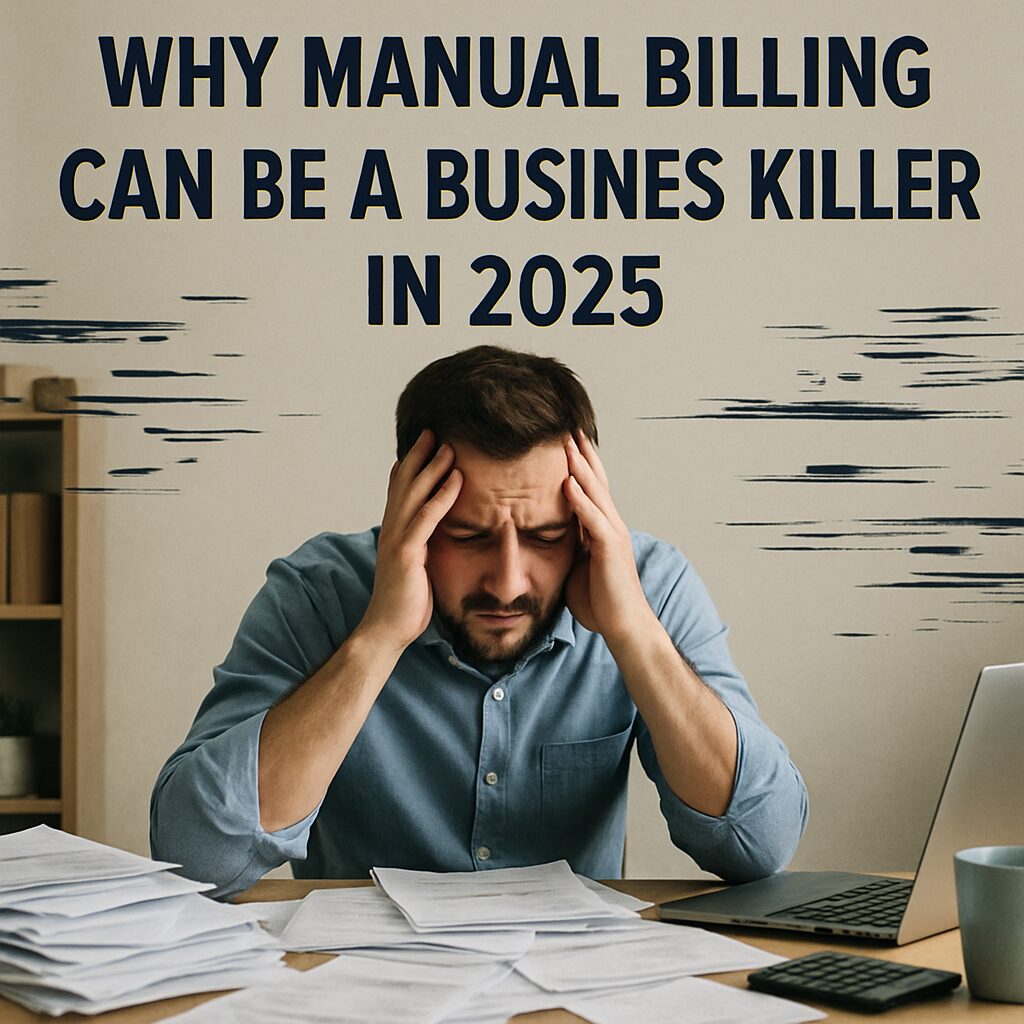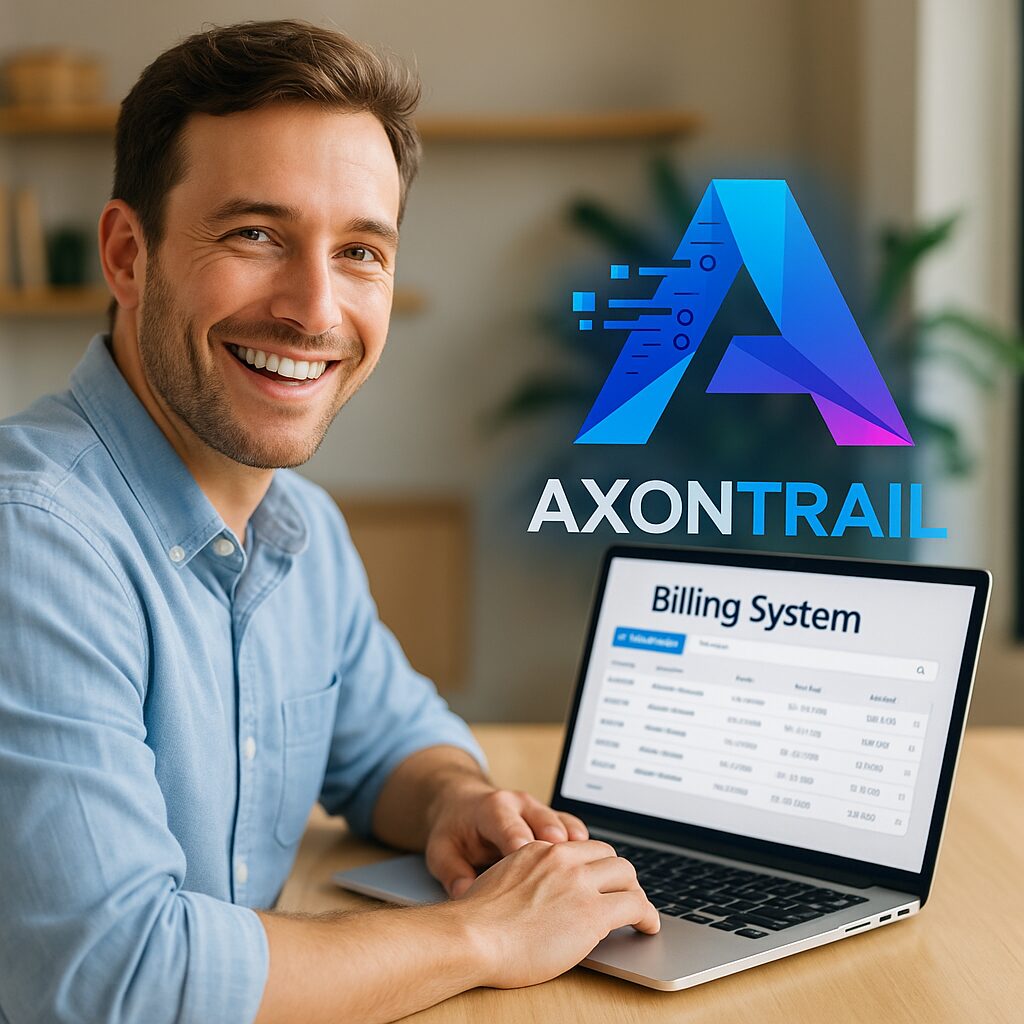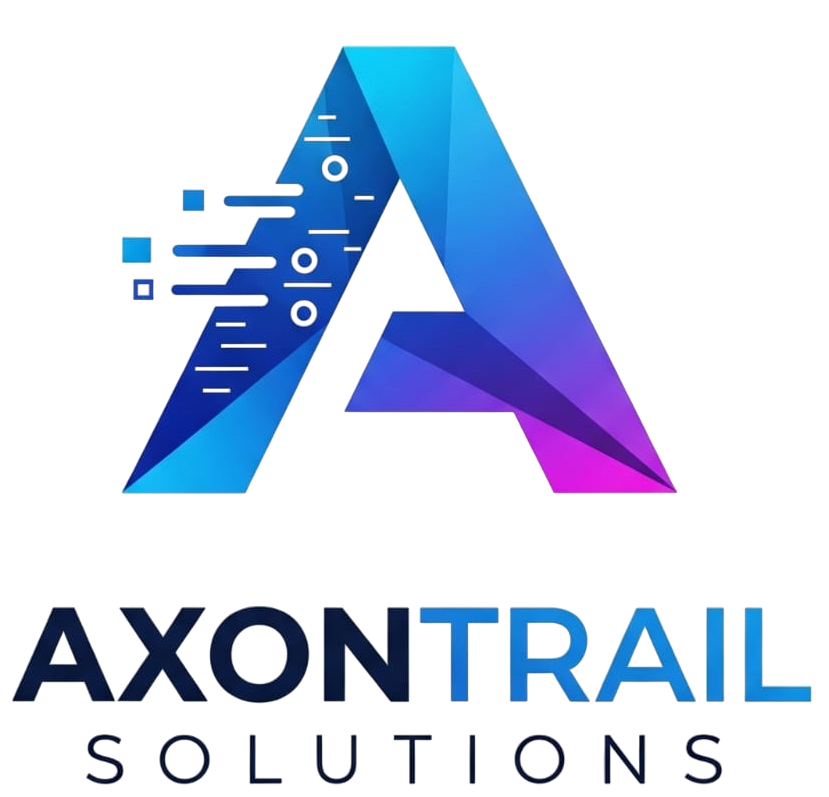
- July 11, 2025
- AxonTrail Editorial Team
- 0
Table of Contents
ToggleWhy Manual Billing Can Be a Business Killer in 2025
Introduction
Billing is the lifeblood of any enterprise, yet far too many small and medium-sized companies continue to rely on archaic, paper-based invoicing methods. The risks are not immediately obvious: a misplaced decimal point, a lost invoice or a delayed batch of bills might seem trivial at first. However, the truth is that Manual Billing Can Be a Business Killer in 2025 for enterprises of all sizes.
In an era defined by rapid digitalisation and instant payments, clinging to manual processes can prove disastrous. Throughout this article, we will demonstrate why Manual Billing Can Be a Business Killer in 2025 and explore strategies to avoid its pitfalls. By understanding the hidden costs and operational hazards, business leaders can make informed decisions that safeguard revenue and nurture growth.
The Hidden Costs of Manual Billing
When organisations refuse to modernise their invoicing, they often overlook the cumulative expense of manual tasks. Manual Billing Can Be a Business Killer in 2025, as it often conceals hidden costs that erode profit margins. Paper, printing, postage and storage may seem inexpensive in isolation, but over time these overheads mount significantly.
Staff members tasked with data entry spend hours reconciling figures, chasing missing information and correcting human errors. This labour-intensive approach leaves little time for value-added activities such as analysing cash flow trends or negotiating with suppliers. When businesses ignore the warning that Manual Billing Can Be a Business Killer in 2025, they risk losing significant sums through rework and corrections.
Moreover, every minute spent manually processing invoices represents a minute not spent fostering client relationships or expanding market reach. In truth, Manual Billing Can Be a Business Killer in 2025 because every manual adjustment or misplaced digit chips away at the bottom line.
Impact on Cash Flow and Revenue
Cash flow is the lifeline of any company. Yet, when invoices are printed, posted or hand-delivered, payment cycles lengthen dramatically. One of the clearest signs that Manual Billing Can Be a Business Killer in 2025 is when delayed invoices start to create cash flow crunches. Customers accustomed to immediate e-invoicing and remote payment options are unlikely to pay promptly when an invoice arrives late or contains an error.
Too many SMEs fail to connect that Manual Billing Can Be a Business Killer in 2025 until it is too late and the business suffers liquidity issues. Late payments cascade into difficulties with payroll, supplier settlements and reinvestment plans. Each day of delay can mean the difference between a healthy working-capital reserve and scrambling for bank overdraft facilities.
Automating the invoicing cycle is essential precisely because Manual Billing Can Be a Business Killer in 2025 in an age where speed of payment matters more than ever. Electronic invoices dispatched the moment goods leave the warehouse or services conclude significantly reduce days-sales-outstanding and keep revenue streams flowing.
Compliance and Audit Nightmares
Regulatory compliance is a minefield that grows ever more complex. For organisations that rely on paper trails, Manual Billing Can Be a Business Killer in 2025 due to compliance fines and audit complications. Incomplete records, missing signatures or mis-dated invoices can trigger penalties, interest charges or even legal action.
Many finance teams have learned through experience that Manual Billing Can Be a Business Killer in 2025 when regulatory penalties emerge from simple oversights. Tax authorities increasingly demand digital records and real-time reporting; those who cannot furnish accurate, legible documentation at a moment’s notice face reputational and financial damage.
Modern automated systems remove the dangers that Manual Billing Can Be a Business Killer in 2025 and ensure every tax code is applied correctly. By maintaining an immutable digital audit trail, businesses can survive inspections, demonstrate accountability and avoid the exorbitant costs of back-filing or restating financials.
Customer Experience and Retention
Invoicing is not merely an administrative task; it is a critical touchpoint in the customer journey. From a customer perspective, Manual Billing Can Be a Business Killer in 2025 if invoices contain errors or misleading line items. Clients expect clarity, accuracy and the convenience of multiple payment options.
Trust can evaporate quickly when clients realise that Manual Billing Can Be a Business Killer in 2025 is the root cause of their frustration. Disputed invoices lead to stalled payments, strained relationships and, ultimately, customer churn. In competitive markets, businesses cannot afford to lose hard-won clients over bill-related mishaps.
A single mistake can demonstrate vividly how Manual Billing Can Be a Business Killer in 2025 by prompting clients to seek competitors instead. Conversely, adopting streamlined invoicing platforms can foster loyalty and even become a differentiator in procurement tenders, as buyers increasingly seek suppliers with robust digital capabilities.
Security and Scalability Concerns
Paper invoices not only occupy physical storage but also pose significant data-security risks. Security concerns emerge when documents are stored physically, emphasising that Manual Billing Can Be a Business Killer in 2025 through data breaches or loss. A misplaced filing cabinet or an unsecured inbox can lead to unauthorised access to sensitive financial information.
Scalability issues remain another indicator that Manual Billing Can Be a Business Killer in 2025 for businesses aiming to expand operations. As transaction volumes multiply, manual processes buckle under the pressure, resulting in backlogs and overstretched teams.
Until automated workflows replace manual entries, companies will continue to see how Manual Billing Can Be a Business Killer in 2025 affects growth. Cloud-based invoicing solutions not only scale effortlessly but also provide robust encryption, multi-factor authentication and real-time backups to protect critical data.
Conclusion
The myriad challenges outlined above illustrate why Manual Billing Can Be a Business Killer in 2025 remains a pressing concern for organisations of all sizes. Recognising how Manual Billing Can Be a Business Killer in 2025 is the first step towards modernising your financial processes. Business leaders must act now because Manual Billing Can Be a Business Killer in 2025 has the power to undermine years of hard-earned success.
By moving to automated billing solutions, you can eliminate the very mechanisms that make Manual Billing Can Be a Business Killer in 2025 and secure a robust future. Embrace digital transformation today to protect cash flow, ensure compliance and deliver a superior customer experience.
Frequently Asked Questions
What are the main drawbacks of manual billing?
Manual billing is time-consuming, error-prone and often leads to delayed payments, compliance issues and poor customer experience.How quickly can a business transition from manual to automated billing?
Depending on the size of the organisation and complexity of its operations, most businesses can fully implement an automated invoicing system within four to eight weeks.Will automated billing solutions comply with UK VAT and HMRC requirements?
Yes. AxonTrail’s electronic invoicing platforms are updated regularly to reflect changes in VAT legislation and ensure HMRC compliance.Do small businesses really need automated billing?
Absolutely. Even SMEs with modest transaction volumes benefit from reduced errors, faster payments and improved cash-flow management.What security features should I look for in a billing system?
Essential security features include data encryption, secure user authentication, audit trails and regular backups to protect financial information.Can automated billing integrate with existing accounting software?
AxonTrail’s modern billing platforms offer APIs or built-in connectors for seamless integration with popular accounting packages like Xero, Sage and QuickBooks.How does electronic invoicing improve customer satisfaction?
Electronic invoicing ensures invoices are accurate, sent promptly and provide multiple payment options, all of which enhance the client experience.Are there any cost savings associated with automated billing?
Yes. By reducing paper, postage, administrative labour and error-related rework, businesses often recoup their investment within months.Can automated solutions handle multi-currency billing?
AxonTrail’s systems support multi-currency invoicing, automatic exchange-rate updates and international tax regulations, making them ideal for global trading partners.What support is typically provided during the transition to automated billing?
AxonTrail Solutions offers training, data-migration assistance and ongoing customer support to ensure a smooth transition and continuous optimisation.

